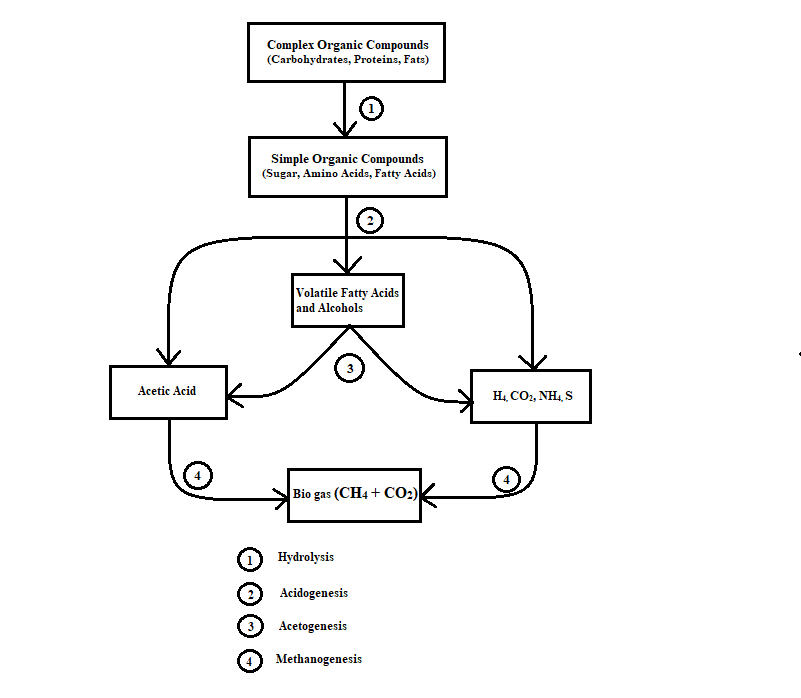
Municipal solid waste [MSW] has gained prominence in recent years as the rate of its generation has increased significantly. The serious problem of MSW management exists in almost all regions of India. This study aims to generate energy from MSW by selecting a suitable MSWM technology with the help of MSW characterization of Haridwar city. The suitable technique chosen was anaerobic digestion (AD) by physical and chemical characterization of MSW. The organic fraction of municipal solid waste (OFMSW) of 96 sub-samples with two different inoculums i.e., livestock dung and anaerobic sludge were used for AD experiments. A total of eight batch-type laboratory-scale anaerobic reactors were used in mesophilic conditions with different subtract-inoculum ratios (1/3, 1/2, 1/1, and 2/1). The S/I ratio of 1/1 was optimum for both inoculums. In this situation, the average cumulative biogas and methane yields for livestock dung were 461 NmL/g OM and 440 NmL/g OM, respectively, compared to 628 NmL/g OM and 474 NmL/g OM for anaerobic sludge. The anaerobic sludge inoculum was found to be better than livestock dung, with cumulative biogas production and methane yield being 3.5% and 4.2% higher, respectively.
Total file downloads: 22